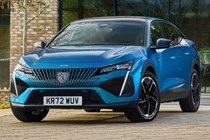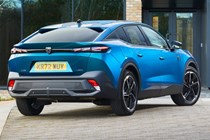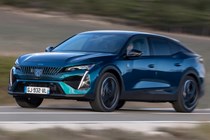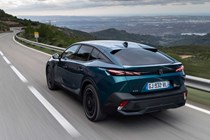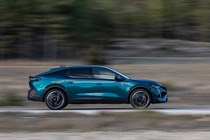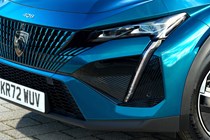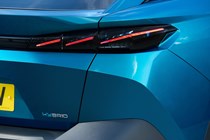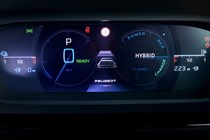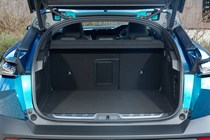
Peugeot 408 running costs and reliability
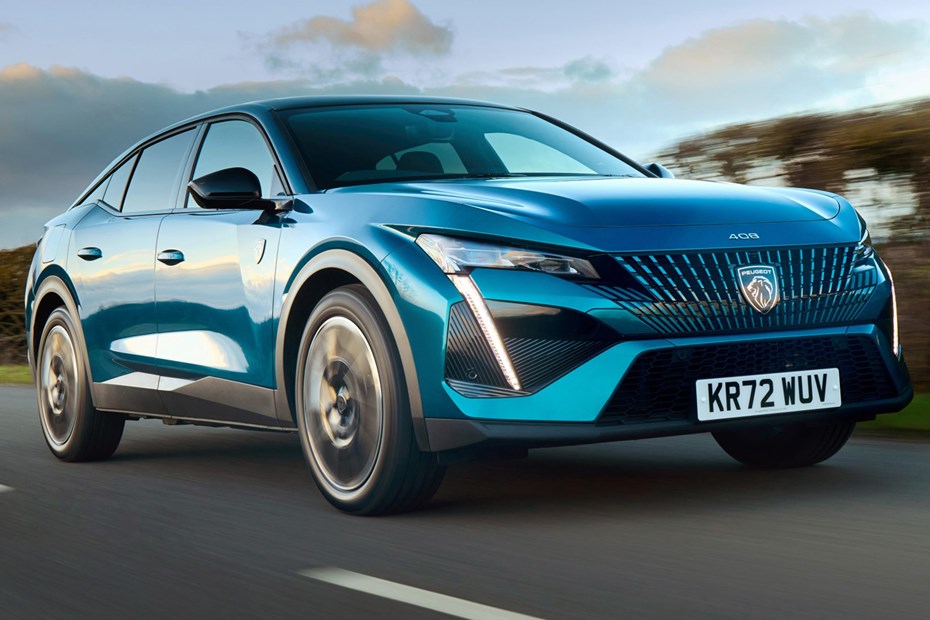
Miles per pound (mpp) ⓘ
| Petrol engines | 6.0 - 8.6 mpp |
|---|---|
| Plug-in hybrid petrol engines * | 6.1 - 6.9 mpp |
Fuel economy ⓘ
| Petrol engines | 41 - 58.8 mpg |
|---|---|
| Plug-in hybrid petrol engines * | 41.6 - 46.8 mpg |
What are the running costs?
- PHEVs should prove pretty cheap to run
- Petrol economy not the finest
- Low tax bands, and fully electric e-408 will come along later
The Peugeot 408 isn’t a cheap car to buy, with the better-specified models knocking on the door of BMW 3 Series money. Peugeot’s finance offers are only averagely good value, with the brand hoping to rely on the desirability of its cars to get customers in the door rather than endless special offers. The flipside is that the 408 will cost significantly more to buy than something like a Renault Arkana, Citroen C4 or even its sister car the Citroen C5 X.
It should prove quite cheap to run, however. The entry-level petrol engine claims to return up to 48mpg – from experience with these engines, we’d say 45mpg is achievable on a motorway run thanks to very long gearing from the eight-speed automatic. Expect below 40mpg when you’re just pootling around town, though.
As for the plug-in hybrids, it depends very much on how you drive them. Plug in regularly, make use of the up to 40 miles of electric range (we suspect up to 28 miles in the real world, dropping to 20 miles in the winter) and you’ll use barely any petrol. Longer journeys with the engine active will see the mpg figure brought down, obviously.
During mixed mileage we achieved around 36mpg, but we’ll test the 408 more extensively once we have a car for a longer period. CO2 emissions for the PHEVs are very low, contributing to very competitive company car tax rates.
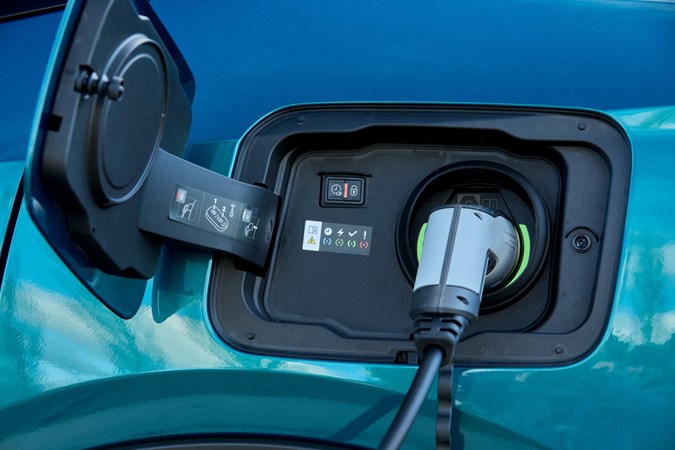
Servicing and warranty
Peugeot offers a range of fixed price service plans usually sold alongside a finance agreement. They come out to between £10 and £20 a month and should cover all major servicing items, keeping your car shipshape.
The 408 comes with a three-year warranty, with unlimited mileage in the first two – useful for very high-mileage drivers. Still, this seems stingy next to the seven years offered by Kia on an XCeed crossover or the 10 years Toyota offers on a C-HR SUV.
Reliability
- New car, tried and tested components
- Peugeot reliability now highly rated
- Electronics and screens proving reliable
There’s little here to worry about – the 408 may be a new car but it uses a trusted set of components, particularly the engines which have seen service in numerous Stellantis vehicles for several years now with no ill effects.
It’s more likely that the sophisticated dashboard, complete with three separate screens, might suffer electrical faults or software issues – but there haven’t been many such problems reported with the 308 hatchback with which the 408 shares its dashboard architecture, which is a good sign.
Ongoing running costs
| Road tax | £195 - £620 |
|---|---|
| Insurance group | 19 - 31 |
Get an insurance quote with

|
|



